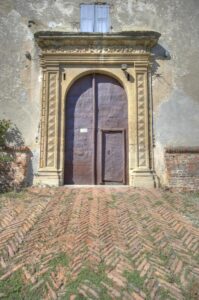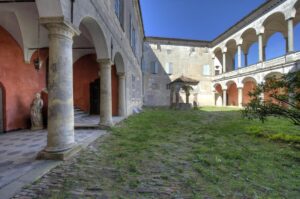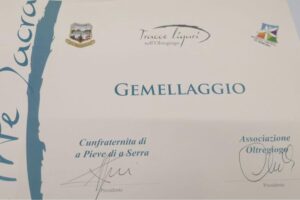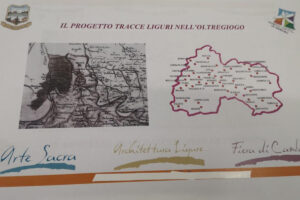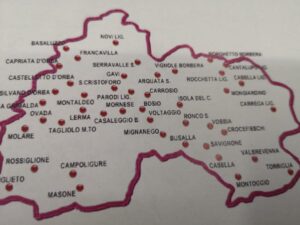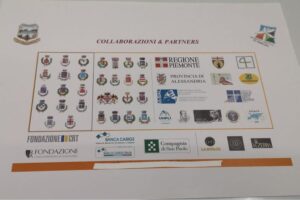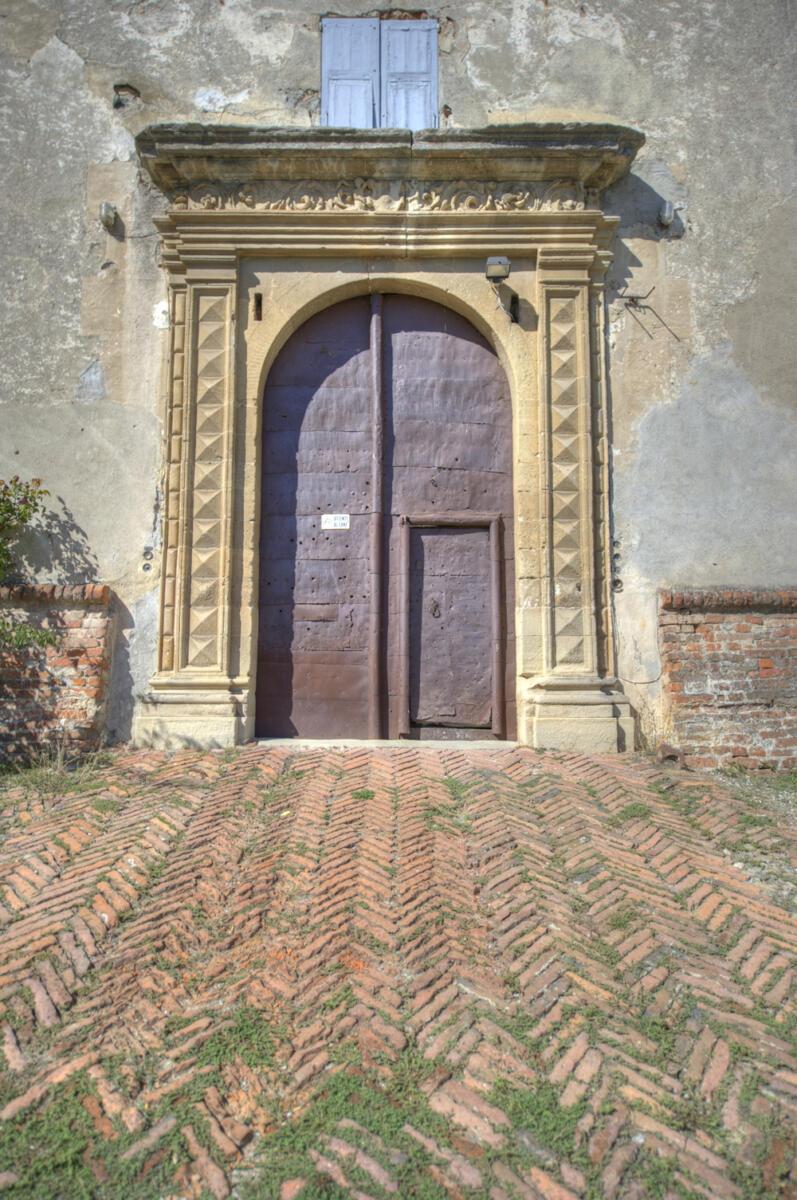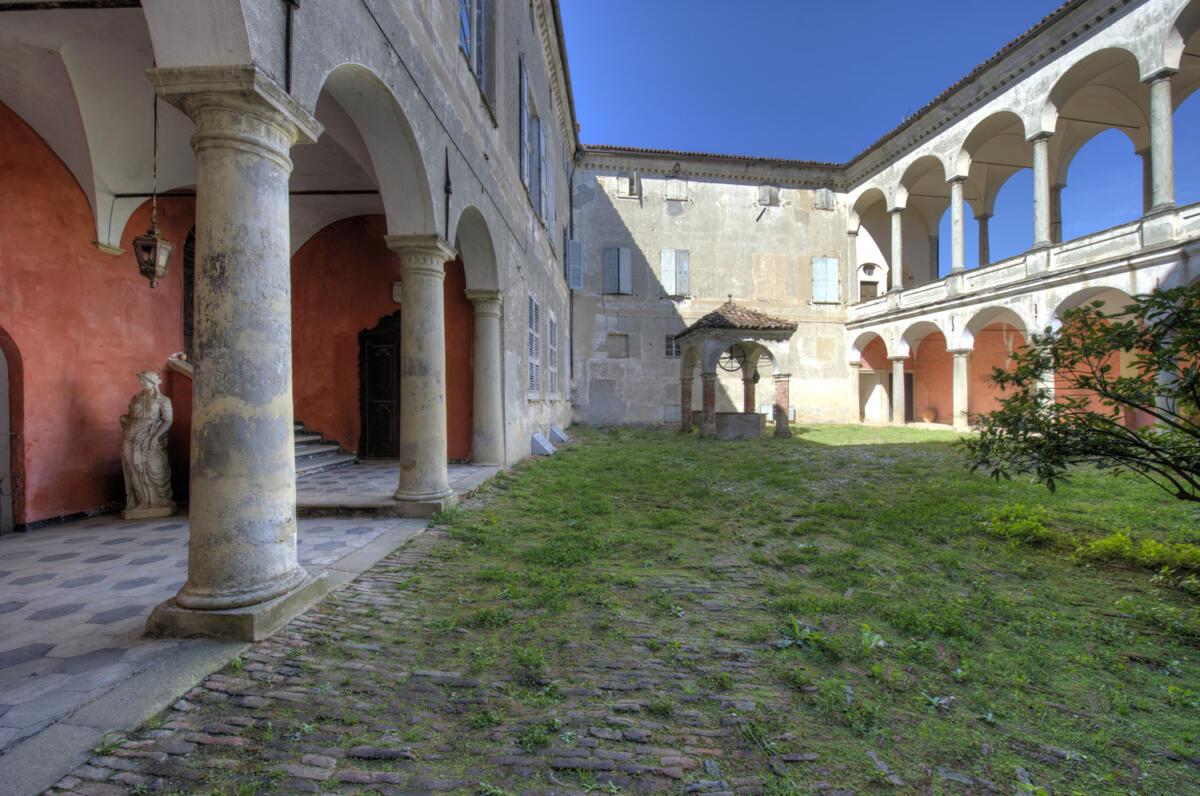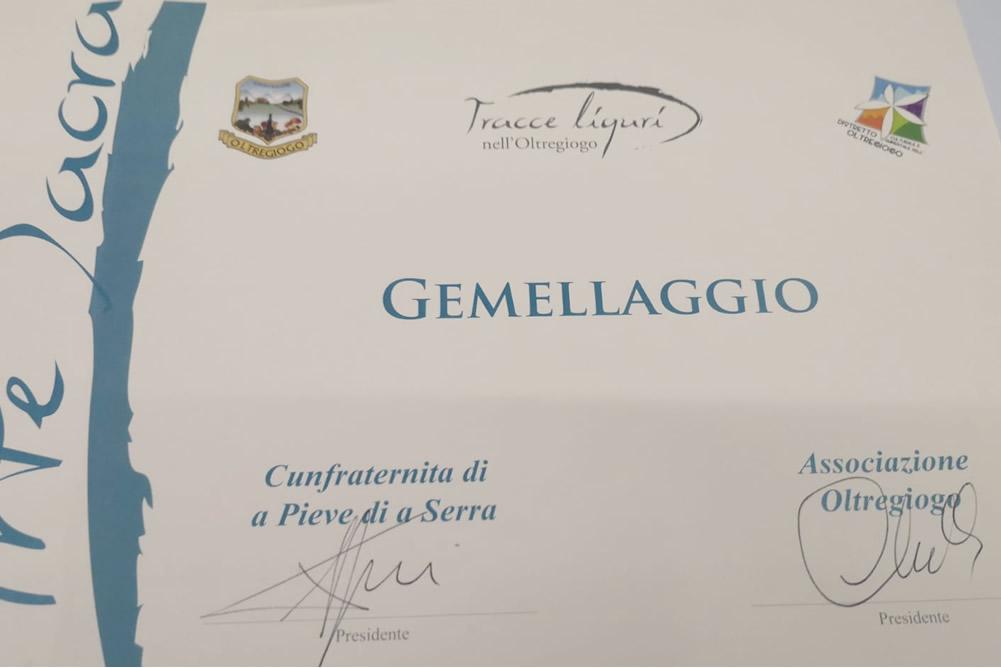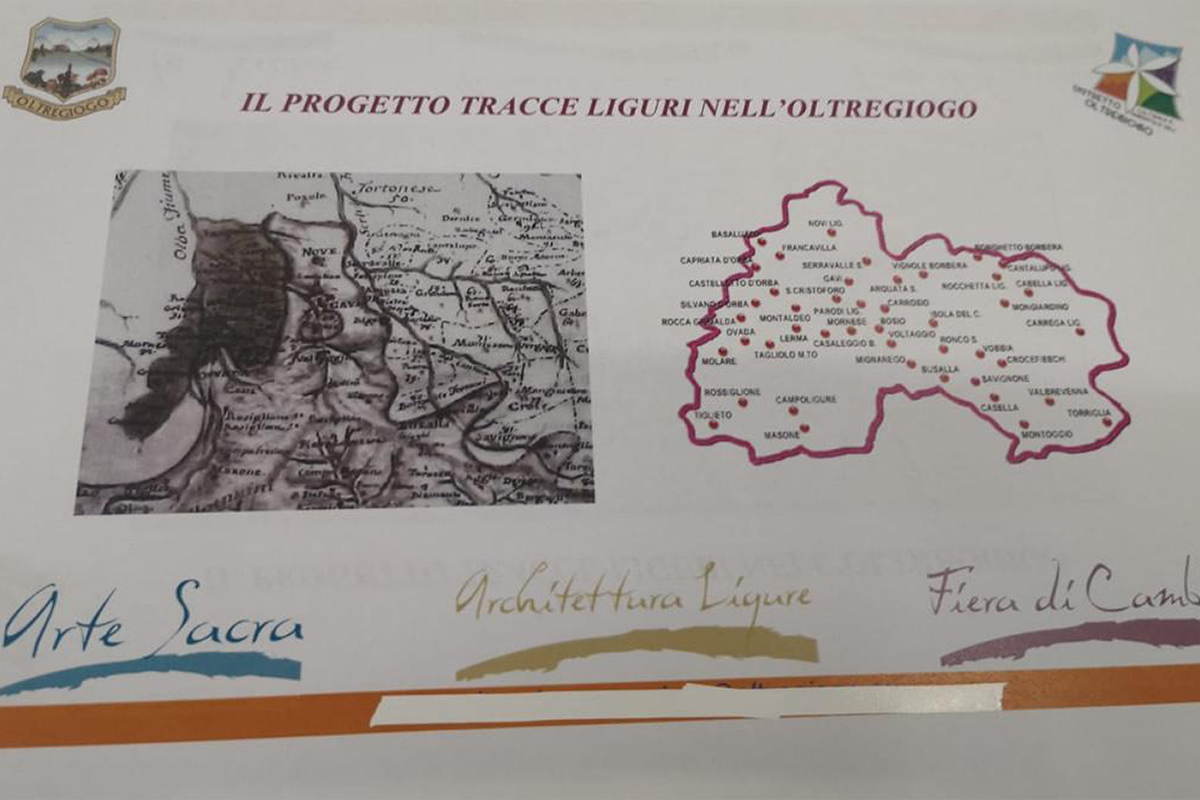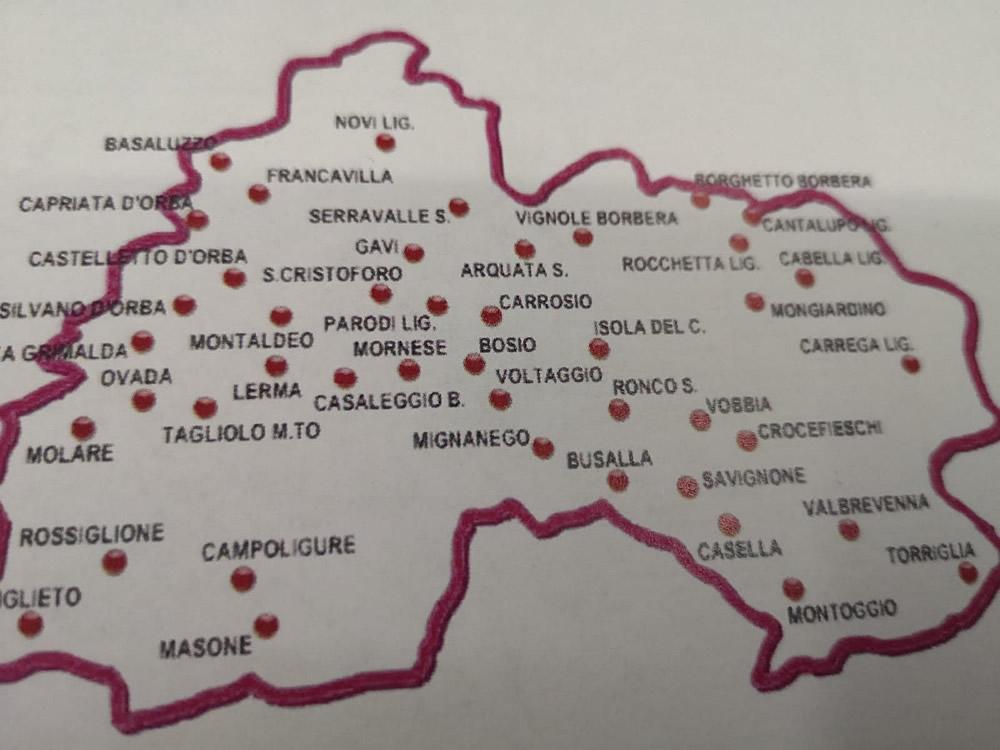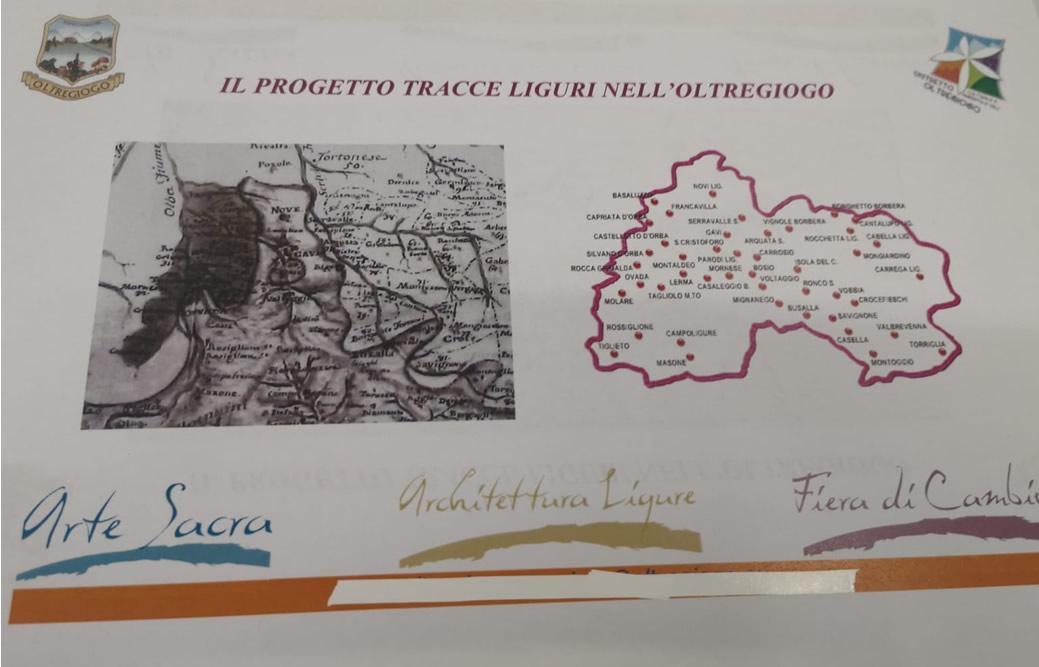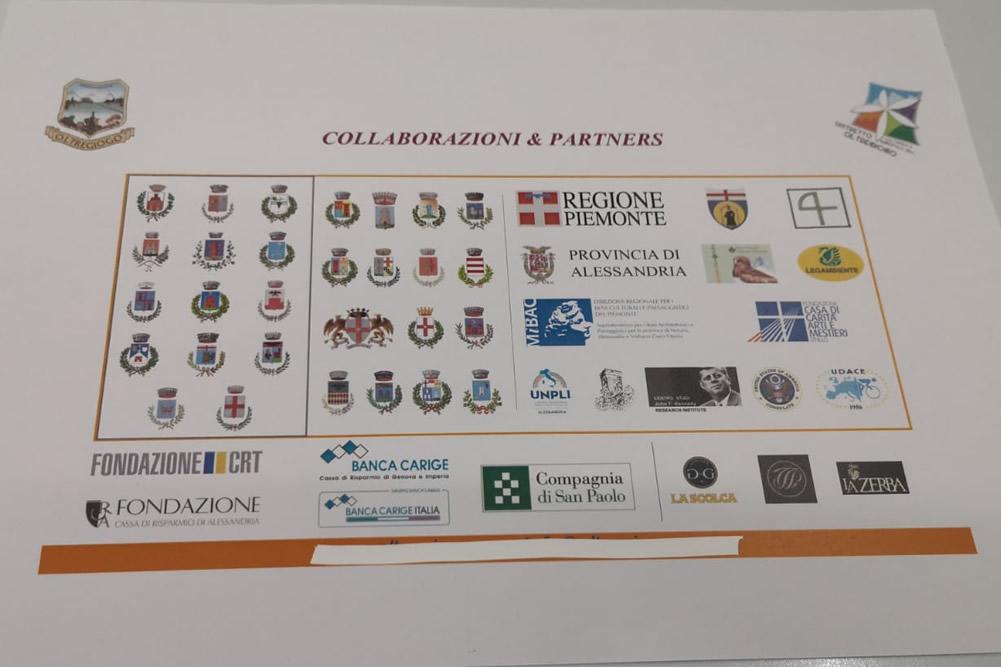The project enhanced the architectural, urban planning and history elements, highlighting the historical-architectural and landscape heritage and the intangible culture traits of Oltregiogo that refer to the Genoese influence.
Oltregiogo, although administratively belonging to the Province of Alessandria, has always been linked to Genoese culture and influence in both the material expressions of the built environment and traditions, as well as in the dialect and cultural maps of reference.
The term Oltregiogo (ultra jugum) is used in documentation and memory to refer to an area straddling the Ligurian and Piedmontese Apennines.
This land belonged for centuries to the mainland domains of the Republic of Genoa or to fiefs granted by the Holy Roman Empire to Genoese patrician families.
Oltregiogo was a territory of great importance to Genoa.
In this area the Fort of Gavi was built, a pivot of the defensive strategy of the Genoese Republic.
The Oltregiogo was also prized by the Genoese dynasties as a place to stay for the summer months: the entire area is dotted with noble villas in the open countryside.
Novi Ligure was home to the Foreign Exchange Fairs that were held throughout Europe at that time.
The Fair was established by the Genoese in 1621.
The Project developed the three most important themes of the significance of the existence of the Oltregiogo even today.
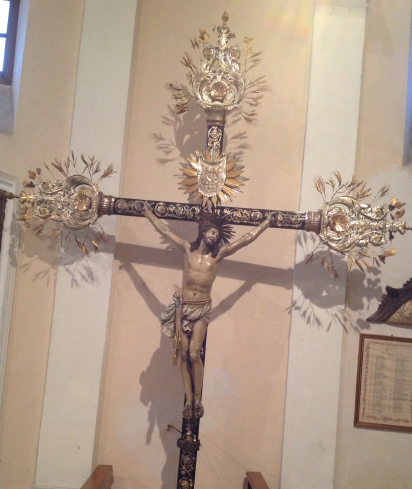
SACRED ART AND PROCESSIONS
The tradition of processions accompanied by the chris is as widespread in Oltregiogo as in Liguria.
Carrying wooden christs adorned with rich carvings and sumptuous floral ornaments was a tradition introduced by Confraternities since the late Middle Ages, the so-called casacce, located in Genoa and the areas of influence of the Republic of Genoa.
Created to relive the Passion of Christ, the casacce introduced the tradition of the cistrezante, the brethren engaged in carrying the crucifix in processions.
Another important reality of Sacred Art are the Oratories.
There are in all municipalities, and on several municipalities there are multiple speakers.
The oratories collect works of great beauty and value, and in this project, a documentary collection of all existing works in the oratories was made with discoveries of unknown works.
Another documentary collection made is that of sacred vestments.
EXCHANGE FAIRS AND MINTS
Foreign Exchange Fairs arose in the 12th century alongside Commodity Fairs, as a natural outgrowth of these, as a result of the increasing influx of different and often altered currencies, as well as the difficulties of distance payments.
The Novi Ligure Exchange Fair was established by the Genoese in 1621 and remained in the city until 1692.
It achieved great notoriety by becoming one of the most important fairs in Europe, after Fraconforte and Leipzig.
In the vicinity of the Fair, numerous mints were born in the Oltregiogo: Arquata Scrivia, Tassarolo, Ronco Scrivia, Rocchetta Ligure and Albera Ligure.
Foreign exchange fairs have been an important link in the transition from economics to finance.
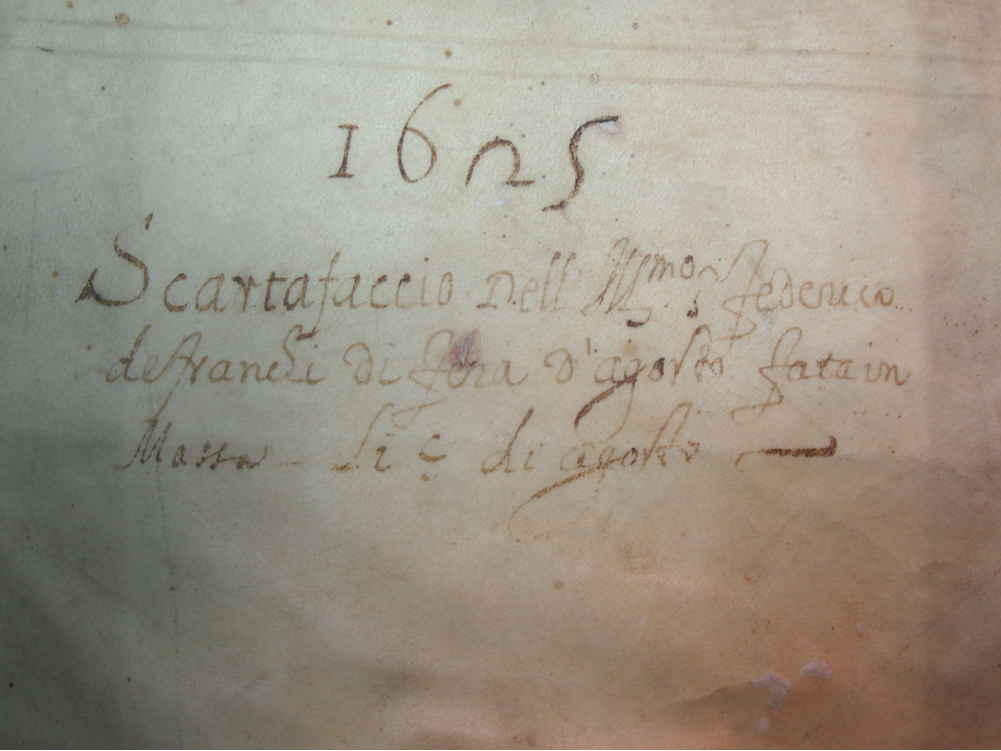
When we move from the real economy to examine the financial evolution of the credit market in Novi Ligure, as was already the case in Besancon, Lyon, Piacenza, Verona, Antwerp and Bruges, Exchange Fairs were held.
In a European scenario characterized by two powerful states: Spain and France and many realities, maritime republics, small states, kingdoms and lordships, where everyone minted currency, the Foreign Exchange Fairs were aimed at defining fair parameters of exchange between the different currencies and rates for negotiating letters of exchange.
The world of European finance looks at Novi Ligure with great attention, takes into account what goes on in the meetings of bankers and exchange experts that take place in the painted palaces owned by the Genoese nobility, which have been identified now and still grace the historic center.
Visitors to Novi Ligure can admire all these painted palaces where foreign exchange trading took place.
Four times a year, at each fair, the exchange rate (today saymm fixing) between one coin and another was fixed.
It could have been between the “Duchy of Milan” and/or the “Lira Genovese” and/or the “Luigino D’Oro” minted in Tassarolo.
At the list in Novi Ligure, he looked at the “economic class” driving Europe.
In fact, the large and wealthy Genoese families such as the Durazzo, Spinola, and Balbi families intervened in financial transactions to grant loans to the Spanish Crown to support the sending of Charles V’s Fleet to conquer the lands overseas: they were then repaid with the gold and silver the embezzled.
During the four fairs (Feb. 1, Appearance Fair, May 2-Easter Fair, August Fair, Nov. 2-Saints Fair)
For 32 days a year, bankers from Genoa, Florence, Milan, Venice and others stayed in Novi, with the retinue of servants, secretaries and matchmakers.
Some of them maintained their own homes there, others were guests with friends, and still others lodged in inns.
The Foreign Exchange Fairs were opposed by the clergy: in particular, Pope Pius V himself, born in Boscomarengo (AL), bordering Novi Ligure, had reiterated in his “Bull In eam” of 1571, the demonic character of the credit activities: the pontifical strali were directed against the instrument of “recurrence” that allowed the concatenation of many successive exchange and replacement operations, without the money ever materializing.
The Exchange Fairs finally ceased in 1752, when the Republic of Genoa was already firmly on the slope of economic and political decline.
The Project aims to put forward an “Economy Fair” that, alongside the glorious past, pairs an analysis of the science “economy.”
The new economy of this beginning of the millennium is primarily widespread dissemination of information technology and networks, particularly the Internet.
The “Oltregiogo Economy Fair” aims to analyze, talk, discuss and narrate the new economic behaviors, starting with the custom with stock market operations, financial intermediation, mutual funds, stock exchange contracts, takeover bids, options, derivatives, risk assessments, technical analysis, globalization, the euro, the European Union.
Basically, in the future perspective of organizing with The Economy Fair” a CHANGE FAIR 2.0.
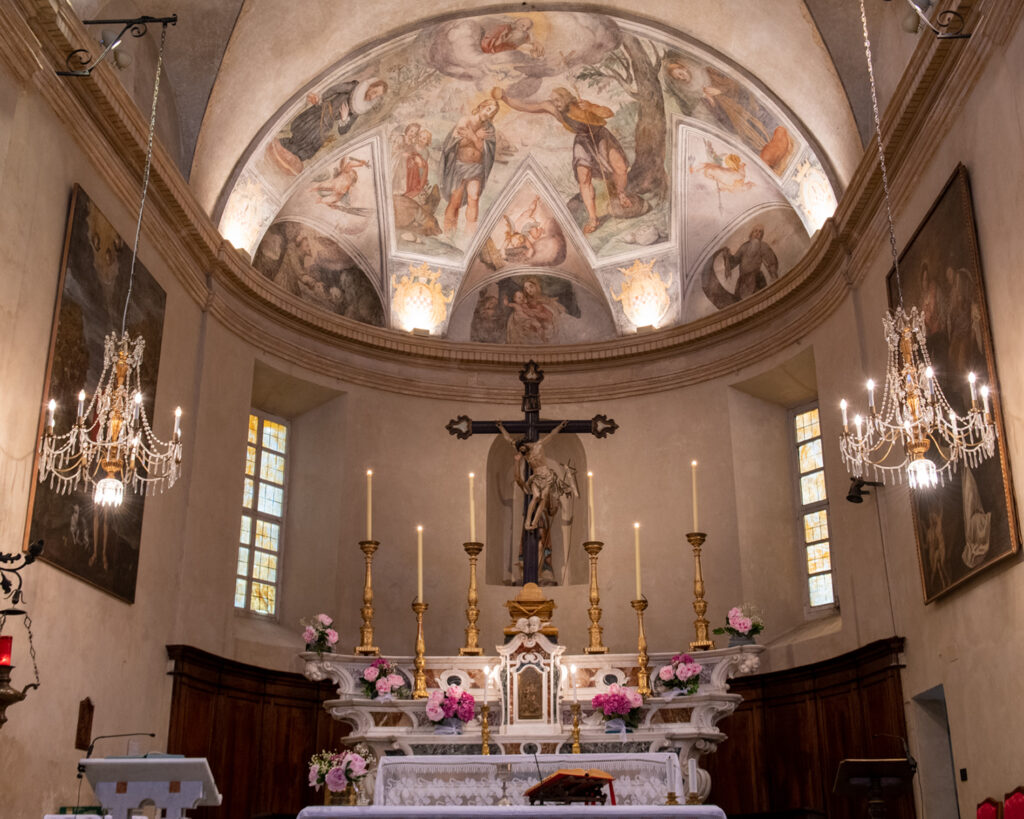
LIGURIAN ARCHITECTURE IN THE OLTREGIOGO
Numerous are the influences of Ligurian art and architecture in the Oltregiogo, details evident in the noble palaces, clearly derived from Genoese both in their architectural and pictorial layout, in the characteristic urban layout of the Genoese houses and caruggi, and in the fortifications erected to defend the estates and territories.
This initiative was developed with important themes and initiatives, in collaboration with the Superintendence for Architectural and Landscape Heritage for the Provinces of AL-NO, VCO and the Faculty of Architecture of the University of Genoa.
SUMMER SCHOOLs lasting 2 weeks were organized in the years 2013-2014 and 2015 with the participation of 25 students in turn who analyzed the urban beauty of our places and designed new interventions in the municipalities of Oltregiogo, such as the ski lift at the Fort of Gavi.
Educational weekends in ancient crafts were organized to recover the ancient art of crafts related to Genoese architecture. The art of stonework, ironwork in architecture, roofing and roofing carpentry, axe-cutting, painted facade decorators and master masons capable of turning and waxing walls were considered in the organized days.
In conjunction with the courses, it was possible to visit the sites of the Rural Development Plan that intervene on projects for the recovery and redevelopment of villages, with a view to the preservation of local historical materials, related to the culture of Genovesato.
Gallery
